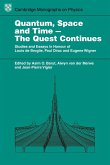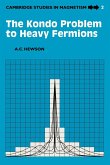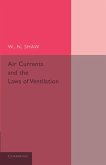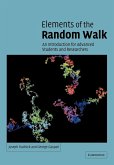This 1987 second volume of the Mechanical Universe studies electricity and magnetism, their relation to each other and light, and shows how the problem of light led to the special theory of relativity. Then, it moves on to modern physics, where particles may behave like waves and where some of the great verities of Newtonian physics appear less certain. Along with the first volume, this book is based on, though independent of, a public television series broadcast in the United States. Physics is presented as a human endeavor, with historical development forming a thread throughout the text. The prerequisites are minimal, only basic algebra and trigonometry since the necessary calculus is developed in the text, with physics providing the motivation. New concepts are introduced at the natural, logical point with many historical references to place physics in a social perspective. Many topics from twentieth-century physics are included. The book is attractively illustrated and will be a stimulating alternative to other, less-thorough treatments.
Bitte wählen Sie Ihr Anliegen aus.
Rechnungen
Retourenschein anfordern
Bestellstatus
Storno









